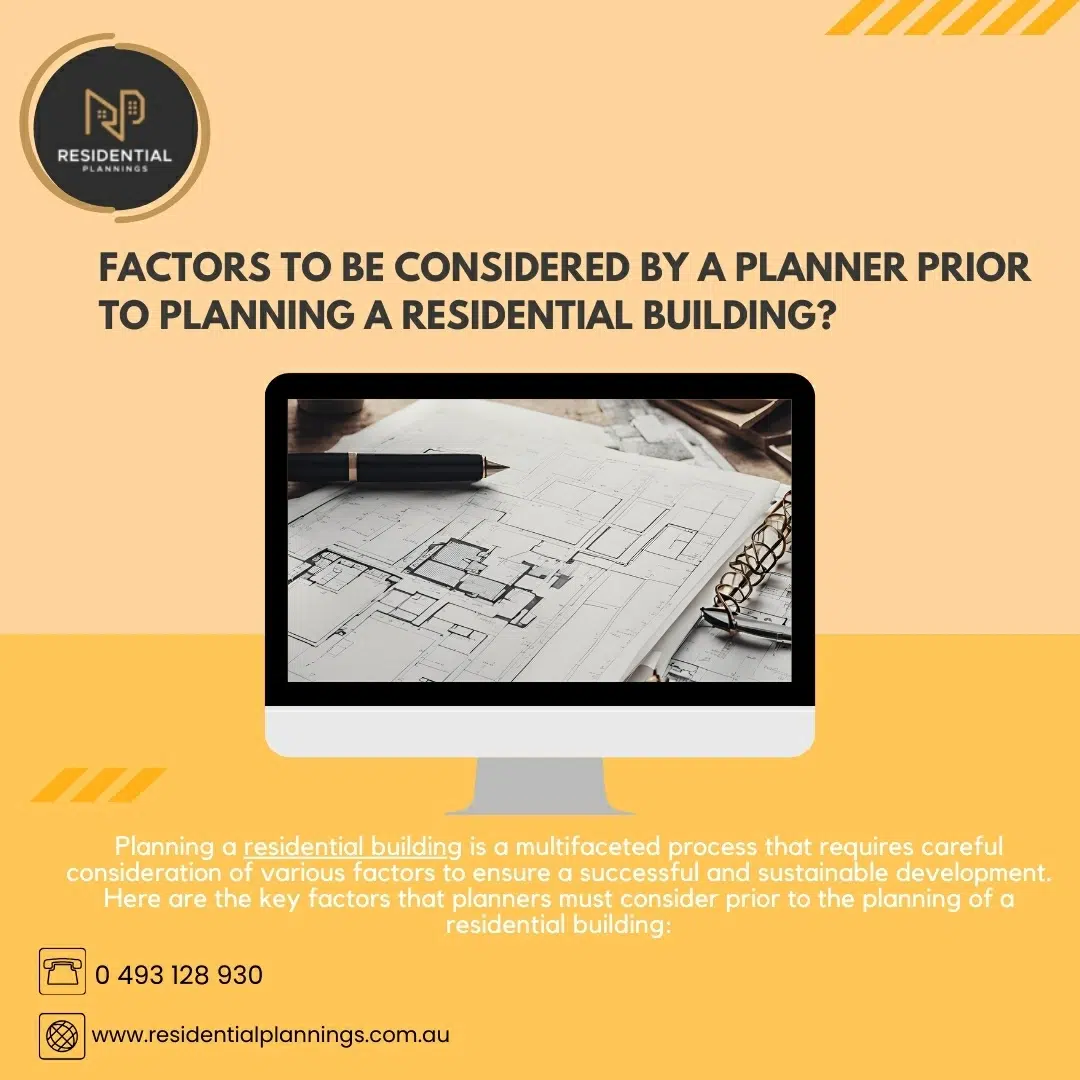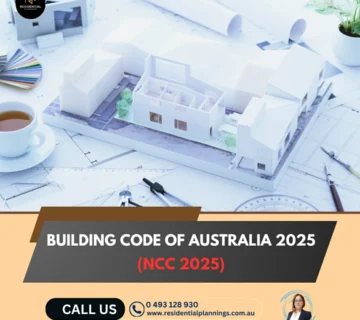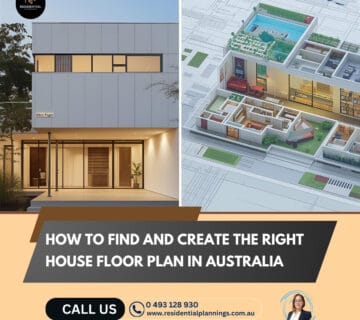Planning a residential building is a multifaceted process that requires careful consideration of various factors to ensure a successful and sustainable development. Here are the key factors that planners must consider prior to the planning of a residential building:
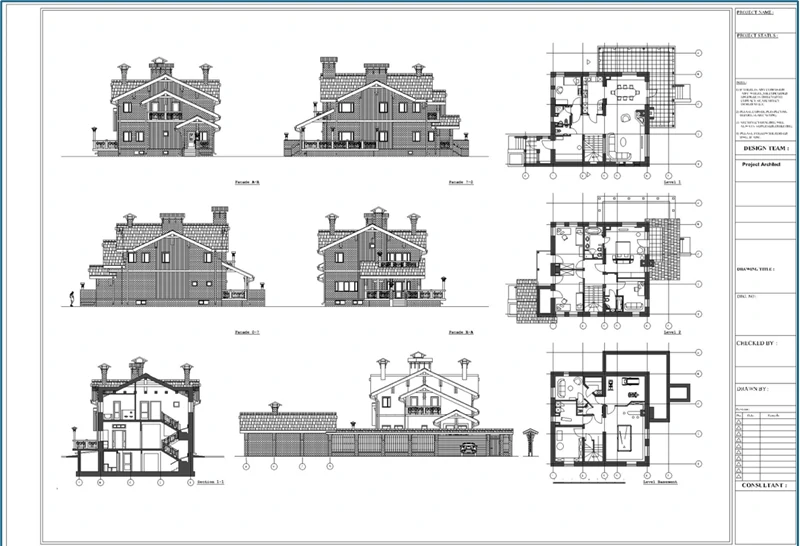
1. Site Analysis
Location: The geographical location of the site significantly impacts the planning process. Planners must consider the proximity to essential amenities such as schools, hospitals, shopping centers, and transportation hubs.
Topography: Understanding the site’s topography, including slopes, elevation, and natural features, is crucial. This information helps in designing structures that harmonize with the land and mitigate potential issues like flooding or soil erosion.
Soil and Geotechnical Conditions: A thorough analysis of the soil type and geotechnical conditions ensures that the foundation of the building will be stable and safe. This includes checking for soil bearing capacity, groundwater levels, and potential contamination.
2. Zoning and Land Use Regulations
Zoning Laws: Planners must comply with local zoning laws that dictate the types of buildings that can be constructed in specific areas. These laws determine aspects such as building height, density, setbacks, and land use.
Building Codes: Adhering to building codes and regulations ensures that the residential building meets safety, health, and environmental standards. This includes fire safety, structural integrity, accessibility, and energy efficiency.
Permits and Approvals: Securing the necessary permits and approvals from local authorities is a critical step. This includes site plan approval, building permits, and any special permissions required for unique features or deviations from standard regulations.
3. Environmental Considerations
Sustainability: Incorporating sustainable design principles is increasingly important. This includes energy-efficient systems, water conservation methods, and the use of environmentally friendly materials.
Environmental Impact: Planners must assess the potential environmental impact of the development. This involves evaluating factors such as biodiversity, air and water quality, and the effect on local ecosystems.
Climate Resilience: Designing buildings that can withstand local climatic conditions, such as extreme weather events, is essential for long-term durability and safety.
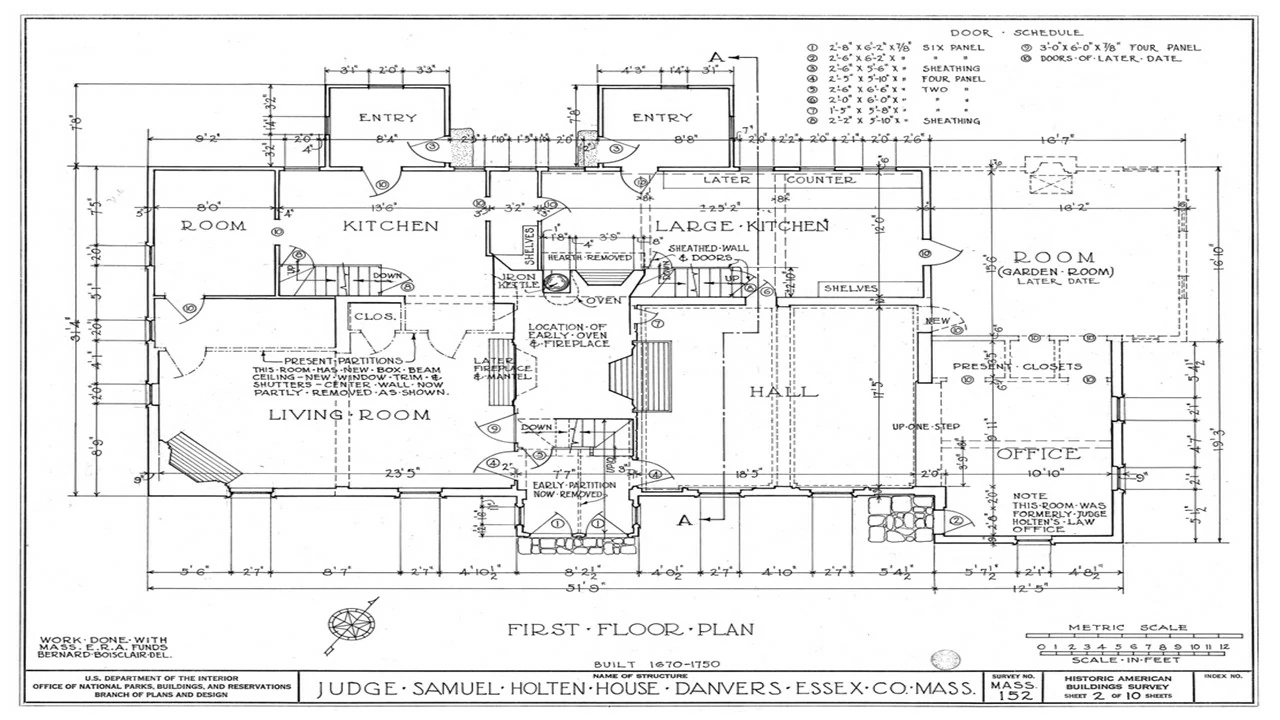
4. Infrastructure and Utilities
Access to Utilities: Ensuring that the site has access to essential utilities such as water, electricity, gas, and sewage systems is fundamental. Planners need to coordinate with utility providers to secure these services.
Transportation and Accessibility: Adequate transportation infrastructure, including roads, public transit options, and pedestrian pathways, is crucial for the convenience and safety of residents.
Connectivity: High-speed internet and communication services are increasingly considered essential utilities, especially in modern residential developments.
5. Community and Social Considerations
Community Needs: Understanding the needs and preferences of the target community helps in designing buildings that are functional and appealing. This includes amenities like playgrounds, green spaces, and communal areas.
Cultural Sensitivity: Respecting and incorporating local cultural aspects into the design can enhance community acceptance and integration.
Safety and Security: Designing for safety includes considerations for lighting, surveillance, and access control to ensure a secure living environment.
6. Economic Factors
Budget: Establishing a realistic budget that covers all aspects of the project, from land acquisition to construction and finishing, is essential for financial viability.
Market Demand: Analyzing market trends and demand for residential properties in the area ensures that the development aligns with economic conditions and consumer preferences.
Return on Investment: Assessing the potential return on investment helps in making informed decisions about the scale and scope of the project.
7. Design and Aesthetics
Architectural Style: Choosing an architectural style that fits within the context of the surrounding environment and community preferences enhances the visual appeal and cohesion of the development.
Functionality: Ensuring that the design is functional and meets the daily needs of residents, including efficient use of space and practical layouts.
Future Expansion: Considering the potential for future expansion or modification allows for flexibility and adaptability as needs change over time.
Conclusion
Effective planning of a residential building involves a holistic approach that considers a wide range of factors. By addressing site conditions, regulatory requirements, environmental sustainability, infrastructure, community needs, economic viability, and design aesthetics, planners can create residential developments that are safe, functional, and appealing. This comprehensive planning process not only ensures the success of the project but also contributes to the overall well-being and satisfaction of future residents.
